|
history
Agello owes it’s origins to a Roman “Castrum”, built after the battle of the Trasimeno in 217 b.c. fought against Hannibal.
The nearby pass of Montebuono, the only thruway between Perugia and the western shore of Lake Trasimeno, gave additional importance to Agello.
During the Middle Ages, the noble Vincioli family ruled over Agello, but Henry IV, in 1186, placed Agello under the jurisdiction of Perugia.
At this time begins the rebuilding of the fortified castle, with it’s characteristic surrounding walls in the shape of an oval shield.
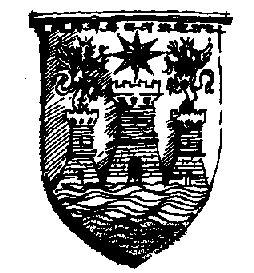
The history of Agello will develop around the castle, tied for good or evil to the one of Perugia. During the war between Guelph and Guibelline Agello will see it’s city walls destroyed several times over.
During the period of the “Signorie”, it became the refuge of the followers of the Oddi family , chased out of Perugia by the Baglioni family. For about 3 centuries Agello falls in and out of luck, according to who was the ruling family in Perugia, until the most recent destruction suffered under Ferdinand II, Granduke of Tuscany in 1642.
From this moment until the Unification of Italy, we have no news of Agello, except that for about one century it became a bandit’s den.
At the beginning of the 20th century Agello has a rebirth, thanks to the many emigrants that will bring back to it the fruit of their labour.
In the ‘60s the countryside is depopulated with mass migration to the periphery of Perugia, the north of Italy and many other European countries.As a consequence there will be a deep social-economic transformation, that will rebound in the mid ‘70s.
Today, Agello is hubbub of social-economic and culture activity reflecting the new vitality brought in by the many artists and entrepreneurs who have settled and made their homes here..
take a walk uphill..
and enjoy the round view from the Castle..
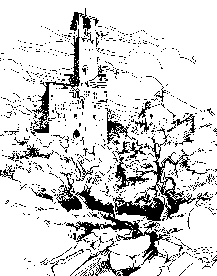
|
|
Agilla and Trasimeno
the name Agello of the village is the remembrance of the impossible love between Trasimeno, son of Meditteraneo, and the nymph Agilla.
The legend about the nymph Agilla and Trasimeno, son of the God Meditteraneo, and their impossible love inspired a lot of artists, in order not to allow this story to be forgotten:
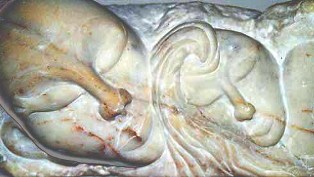
Carved in marble and immortalized in poems and popular ballads, Agilla and Trasimeno gave their names to the small village Agello and the Lake Trasimeno. The legend, since generations, doesn't loose anything of it's fascination.
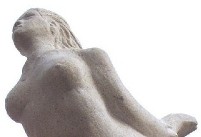
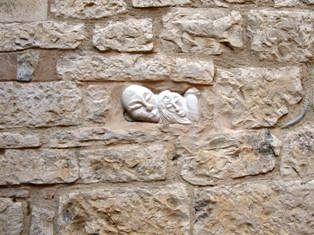
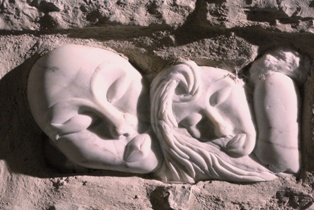
|



![]()